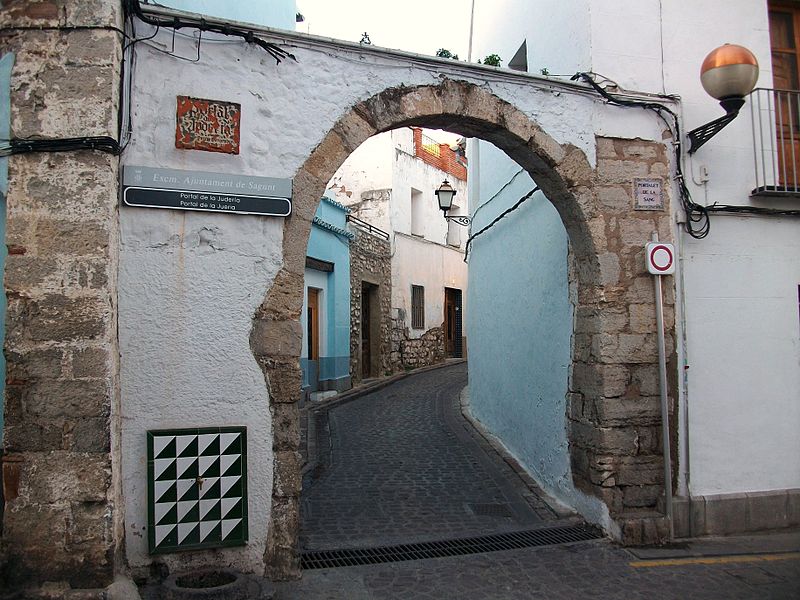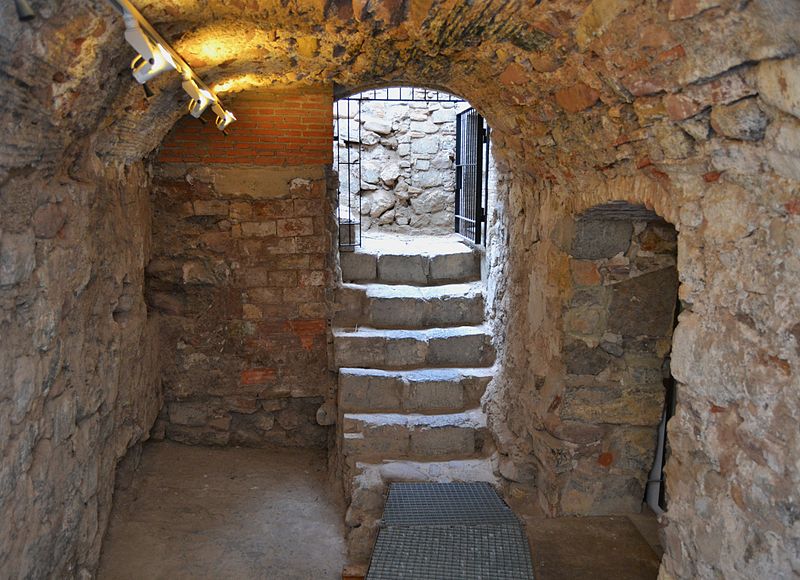Built on the ruins of the Roman city of Saguntum and also called Murviedro, Sagunto probably bears witness to one of the oldest traces of Jewish presence in Spain, dating from the 2nd century. Lead plaques with Hebrew inscriptions have been found on the city’s castle.

When the city was conquered by the King of Aragon, the Vives family was given a bakery as a thank you for their efforts during the siege. Many other personalities, such as Salomon de la Cavalleria and Joseph ibn Saprut also served the monarchy. The medieval Jewish quarter was located between the streets Segovia and Ramos. In 1321, the Jews were allowed to fortify their quarter to protect themselves from attacks.
Taking refuge in the fortress during the persecutions of 1391, the Jews of Sagunto remained one of the only communities in the area following the persecutions. At the turn of the century, the Jewish population, estimated at 600, enjoyed relative freedom and royal protection, becoming one of the largest in the Kingdom of Valencia. The development was such that at one point the Jews represented almost a third of the population of Sagunto.
However, following the Inquisition of 1492 and the massive conversions, most of the Jews left the city, mainly to take refuge in Oran and Naples. The synagogue was probably located at the corner of Sang Vella and Segovia streets. A wall has been preserved.

However, the old Jewish quarter is one of the best preserved in Spain thanks to the protection given during the persecutions of 1391. Its entrance is located at the Portalet de la Juderia , near the Roman Theatre. This gate, built during the fortifications of the neighbourhood, is one of the only remains of Jewish life at that time.
A mikveh has also been found in the neighbourhood, which can be accessed by descending some steps. On a hill near the castle there is an important Jewish necropolis , some of whose artefacts are on display in the castle. The lead plaques mentioned at the beginning of this article are currently on display in the city’s Historical Museum .
Sources : Redjuderias.org, Encyclopaedia Judaica, Wikipedia